
Let me start by saying that I am not a tax professional. But I am a professional who pays his taxes, and I highly recommend getting expert assistance in navigating the bureaucratic machinations that are the state and federal income tax systems.
Still, if you are planning on going it alone (or you want to get organized enough that your accountant doesn’t charge you a bundle), there are many ways technology can help you file your taxes. Let’s take a look:
Planning:
The best way to take the sting out of tax time is to make a plan and stick to it year-round. Online budgeting programs like Mint can continuously monitor your spending to keep you on the straight and narrow, while making it easier to pull out certain details once tax season comes around. But Learnvest, a financial planning program with a great educational element, can help you better understand your money, not just categorize it.
Where neither of these fit the bill, turn to Ask A CPA, a free app available on iOS and Android that shares answers to many questions asked by taxpayers, some common — “Are funeral costs deductible?” — and others not —“Can I deduct my ‘girlfriend’ who lives with me as a dependent?” — really.
Receipts:
Whether it’s keeping track of a year’s worth of healthcare payments or accounting for various business-related expenses, the long slog of shepherding your receipts can be a tough one to keep up. TurboTax ItsDeductible, which is available online or as an iPhone app, excels at keeping track of your charitable donations, whether they were goods or funds. Shoeboxed, as its cutesy name implies, helps get through the clutter of your favorite paper receptacle by not only providing a scan-by-mail service for your paper trail but also by collecting electronic receipts from your Gmail account. With an organization system approved by the IRS, it’s a great way to go paperless with confidence.
For people who would rather scan their own files, Neat offers a great combination of scanners, mobile apps, and software to keep your data categorized and easy to search. It also offers cloud backups, which is great in case something happens to your home or office computer. However you do it, make sure you keep track of IRS guidelines for keeping electronic records.
Filing:
Gone are the days of filling in forms with pencils (and littering your table with eraser bits). Now, programs like Intuit’s TurboTax (available in every permutation imaginable, from CDs to online interfaces to mobile apps) are the way most people make good with Uncle Sam. For people with relatively straightforward taxes, the app makes filing almost fun, with easy-to-follow questions and imagery to help guide your answers. Of course, these conveniences come at a cost, as the mobile software has a mind-boggling variety of in-app purchases available.
H&R Block 1040EZ 2014 keeps it simple and low-cost for iPhone users as well, with free-to-file federal returns and just $9.99 for state return preparation. But perhaps more valuable is the company’s free, in-person audit support for people who use their services.
Keeping Track:
Once you’ve submitted your income tax return information, be sure to download IRS2GoApp, which is available for both Android and iOS. The official smartphone app of the IRS, it can provide status updates on your refund as well as provide tax tips so you’re streamlined and ready to go next year.
Google's New Headquarters Looks Like a Giant Glass Forest
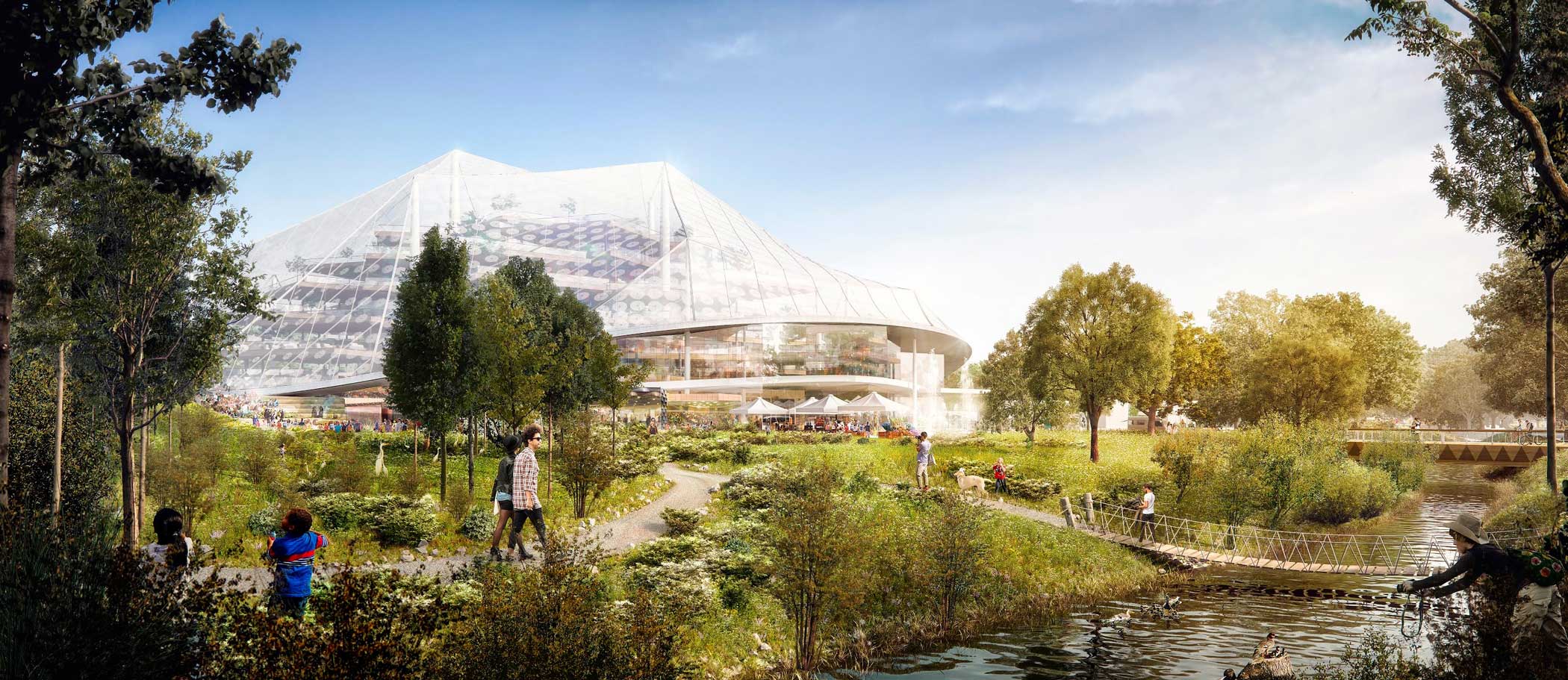

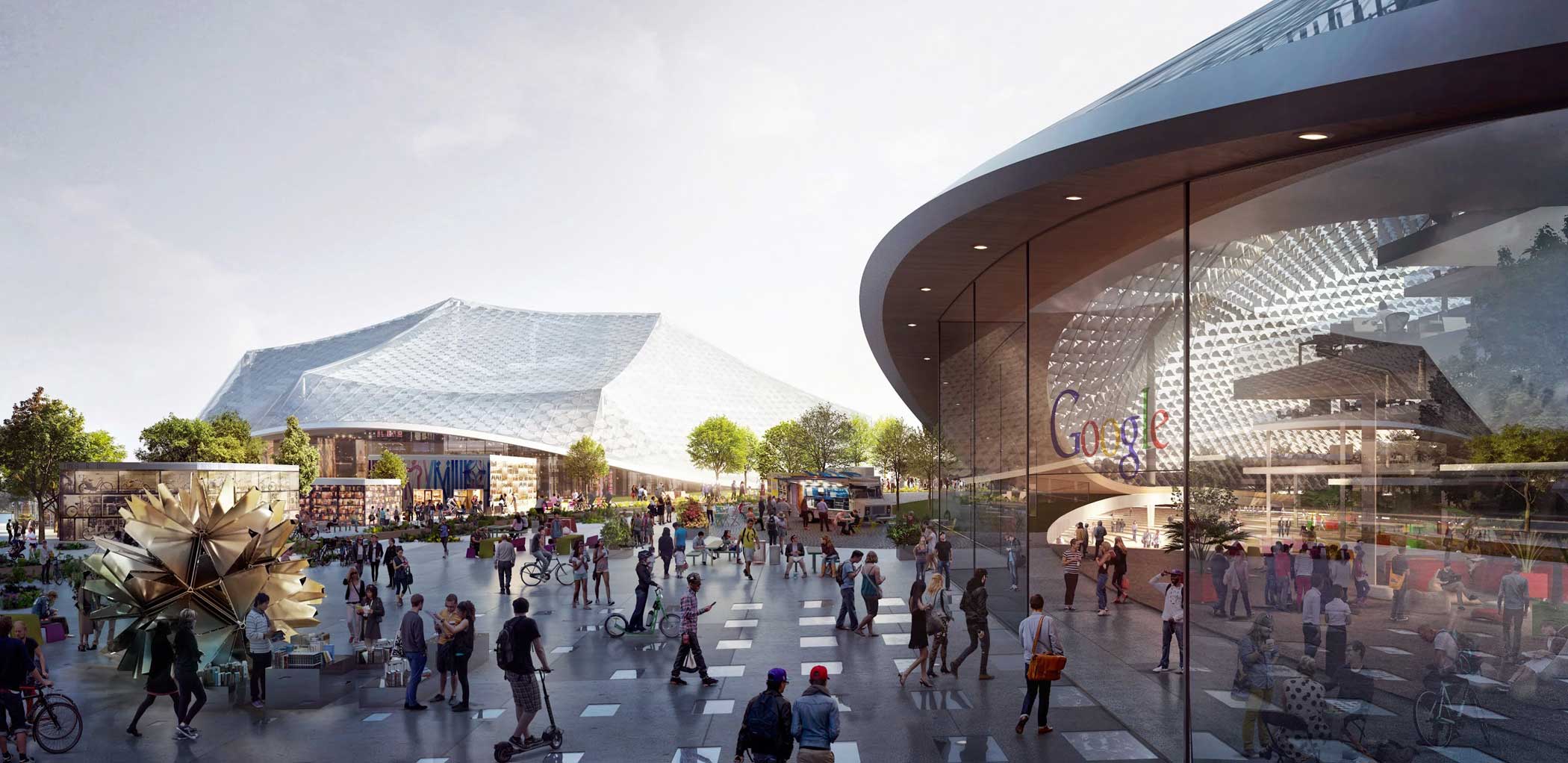

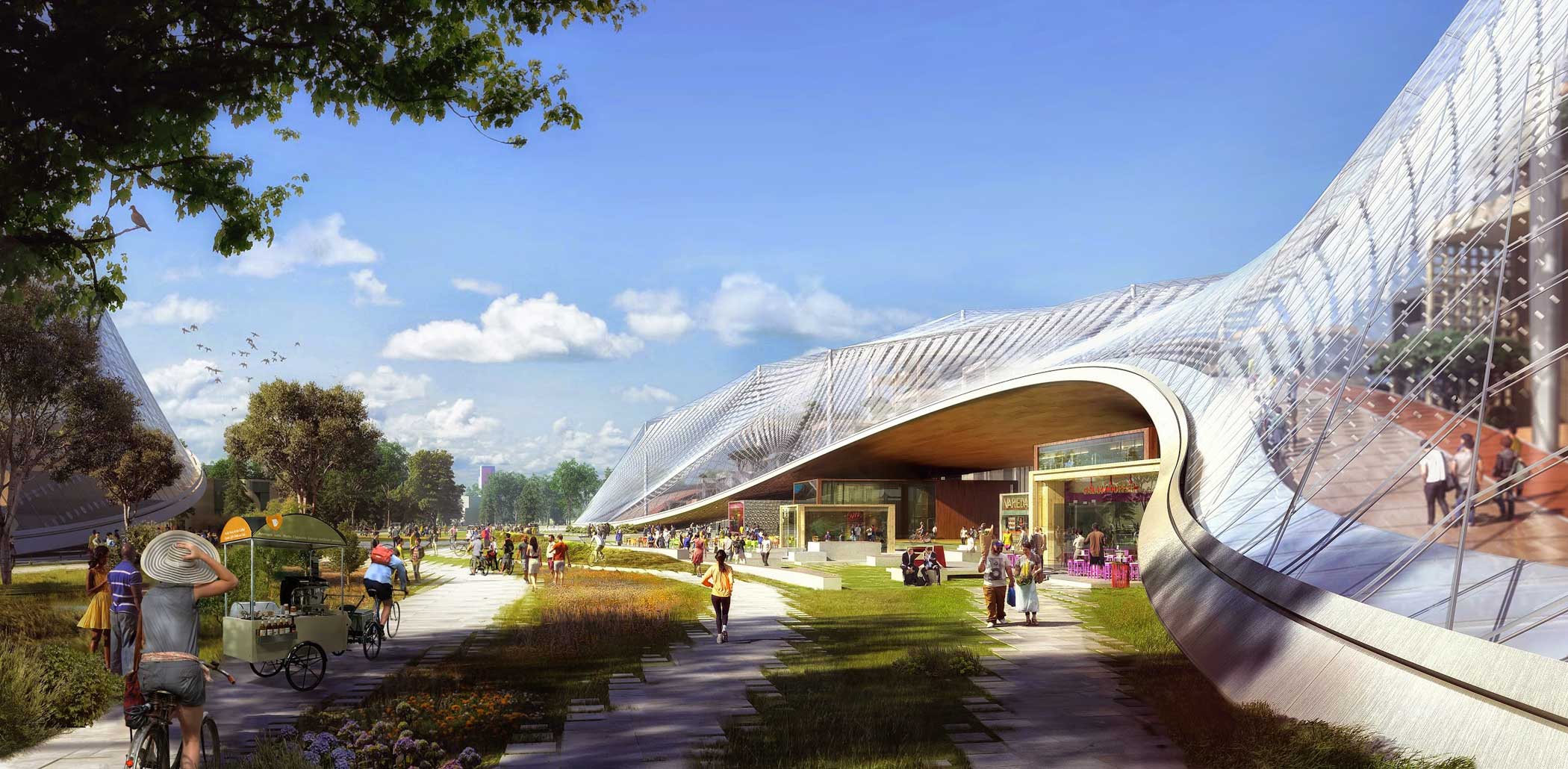
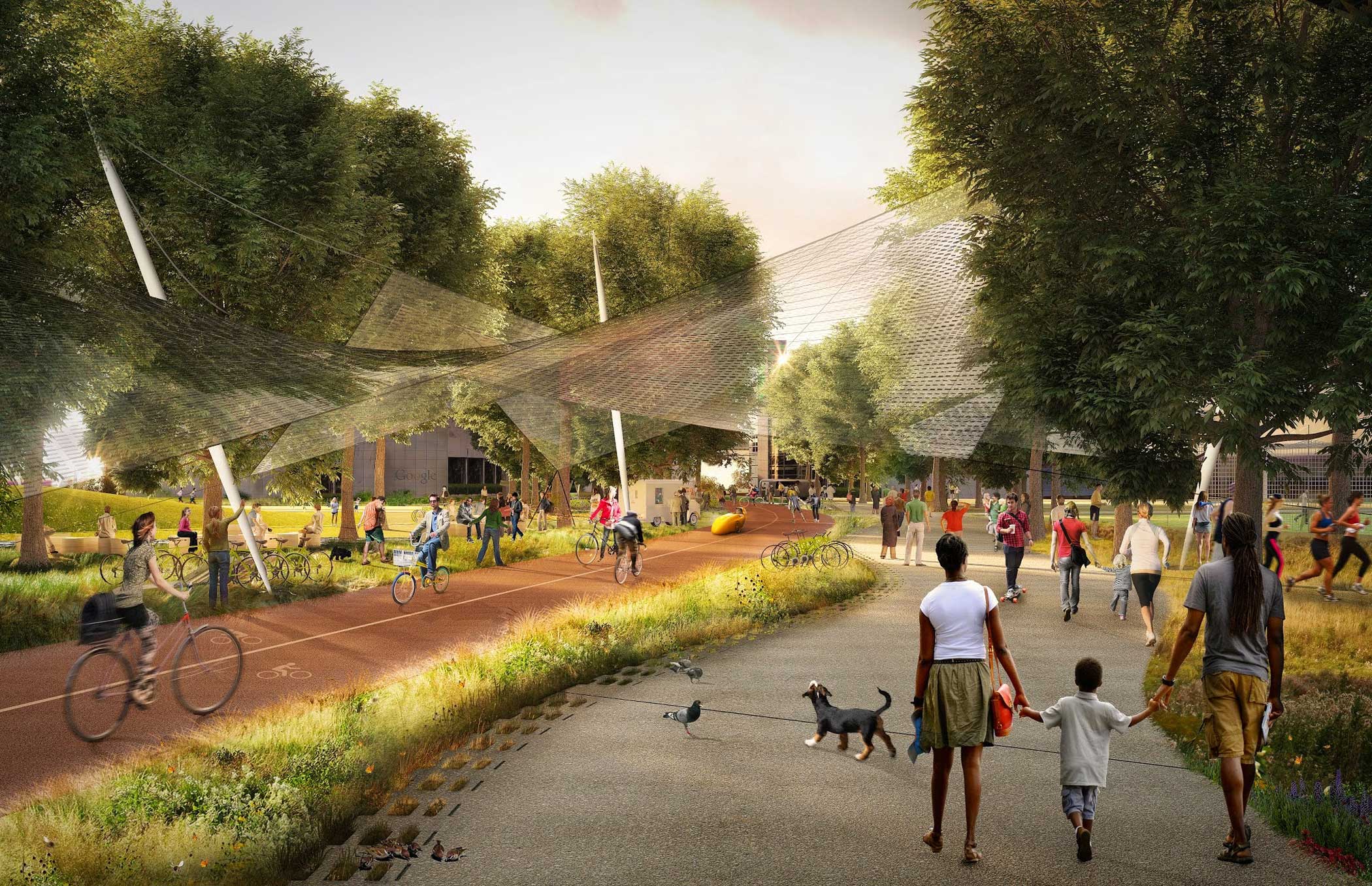


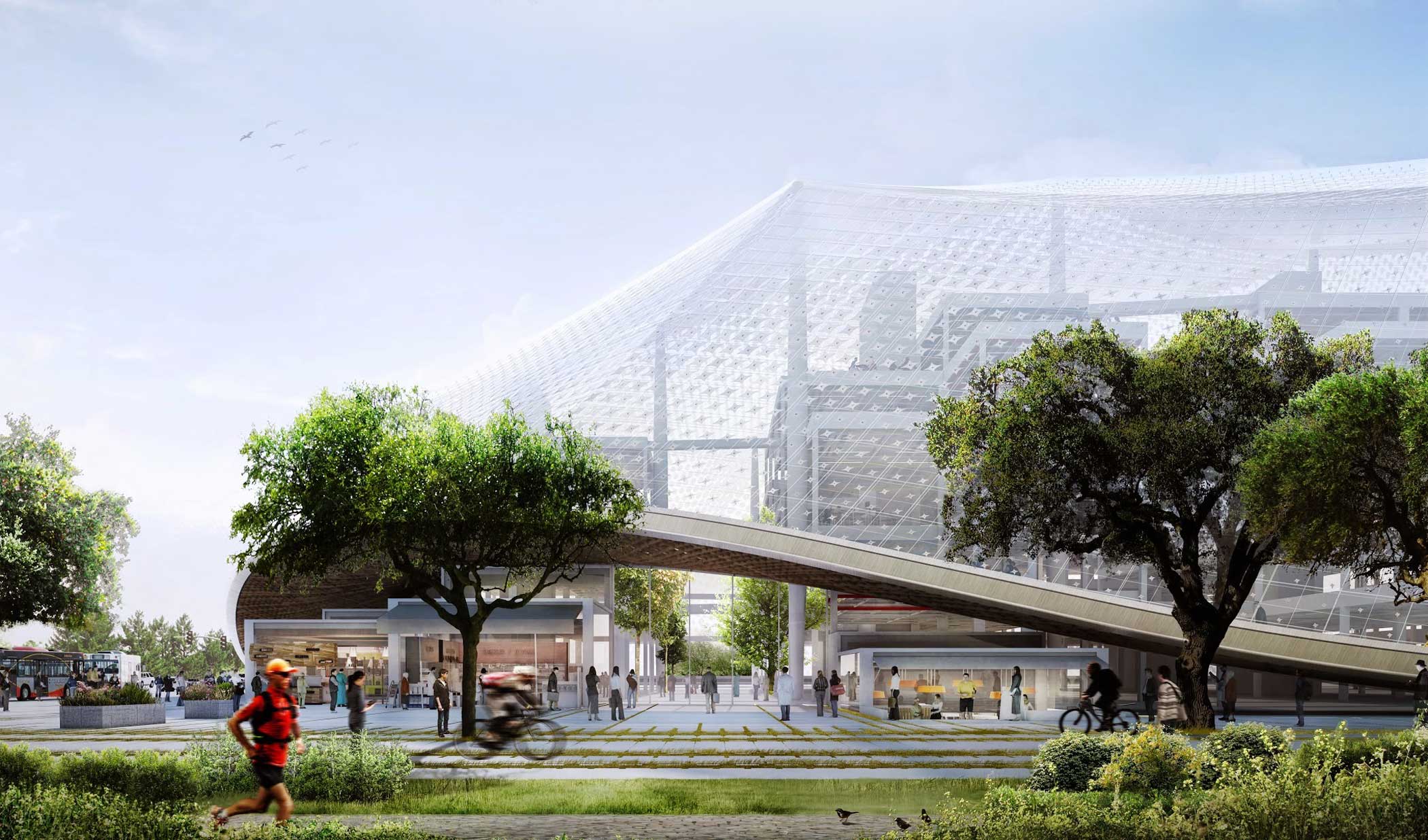
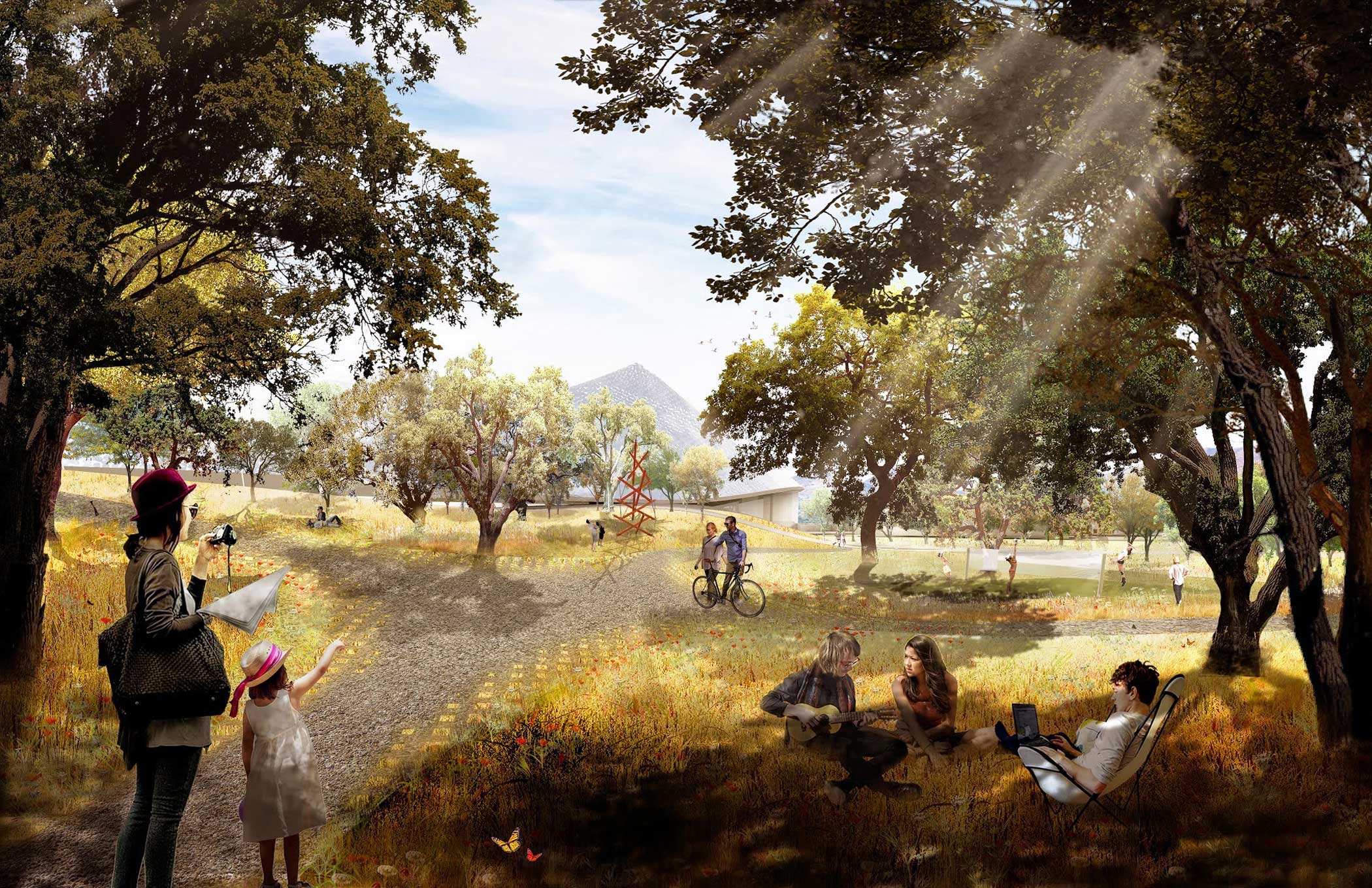
More Must-Reads from TIME
- Inside Elon Musk’s War on Washington
- Why Do More Young Adults Have Cancer?
- Colman Domingo Leads With Radical Love
- 11 New Books to Read in February
- How to Get Better at Doing Things Alone
- Cecily Strong on Goober the Clown
- Column: The Rise of America’s Broligarchy
- Introducing the 2025 Closers
Contact us at letters@time.com